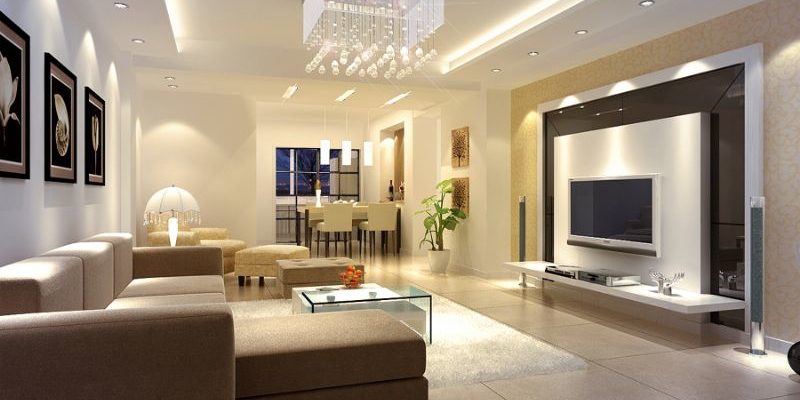5 mistakes people make when updating their illumination
5 mistakes people make when updating their illumination
1 Buy lights with a different light distribution
Probably THE most common problem with an update. LED lamps and lighting fixtures tend to have a more directional output. So, for example, if you replace halogen downlights with LEDs, you will get much less spill light. This spill light is really useful, as to illuminate walls in the corridor of a hotel. Similarly, if you exchange fluorescent with LED, you can end up in the upper third of the walls in the shade. The best way to avoid: buy a sample first.2 Buy lights that are too dark or too bright.
If you are thinking of performing a fluorescent-like replacement with LED accessories, do not match the fluorescent light output (measured in lumens or lm). Since the LED light is directional, you are likely to receive much more LED light. However, keep in mind that the light output may be overestimated in the datasheet and a different light distribution may make a room appear dark.The best way to avoid it: buy from an accredited brand, check a sample against the existing luminaire or do a test in a laboratory.
3 Buy lights that are too “cold”
The cold or warm appearance of the lights is measured in Kelvin. Incandescent lamps are 2700K while halogen lamps are 3200K. If you replace these with LEDs that are 5000K, your spaces will look clearly cold. LED panels that come from Asia tend to be great, because that is their cultural preference and it is easier to make a more efficient LED light in cool color temperatures.The best way to avoid: check the specifications and buy a sample.
4 Buy lights that make colors look boring
The ability of light to represent colors is measured in the color reproduction index or CRI. As a general rule, you want lights with a CRI of 80, or better yet, 90. A particular area of weakness with LED lights is the R9 value (red) since this is not included in the CRI measurement. Make sure there are also more than 80 or else the red ones will be smeared and turned off.The best way to avoid it: ask the supplier for their CRI values. If they are not going to supply, be suspicious.
5 Buy lights that are incompatible with your dimmer.
LED lights do not always dim dimly on dimmers designed for incandescent or halogen lamps. In fact, at low levels, they will often blink and flash. This is because incandescent and halogen sources have a standard resistive load for the dimmer, while the LED circuits confuse it and, sometimes, both sets of electronic components fight for the domain, leading to the failure of the components.The best way to avoid it: you should try the dimmers with the LEDs or add a “dummy load”, such as an incandescent lamp.


Comments
Post a Comment